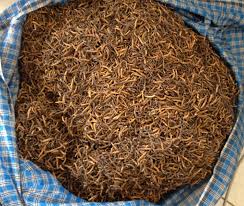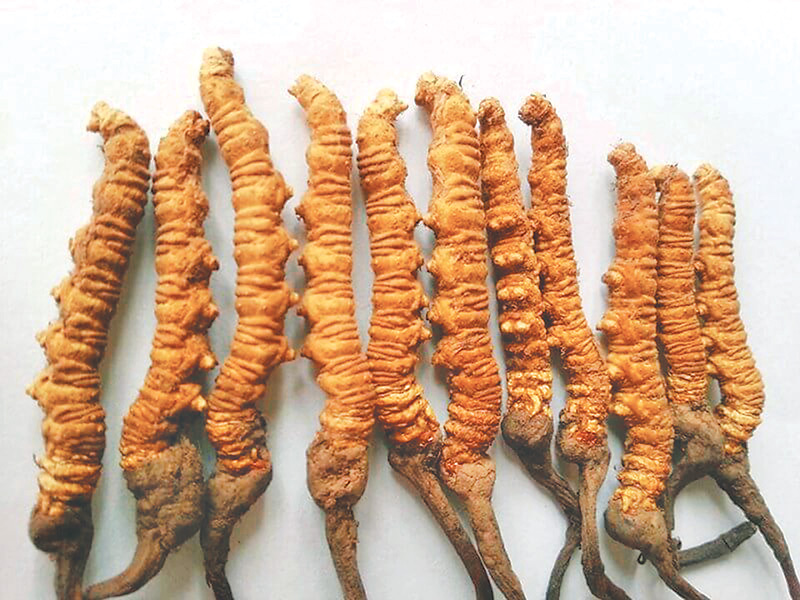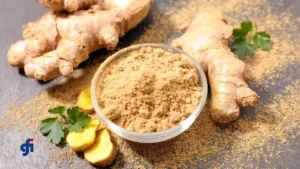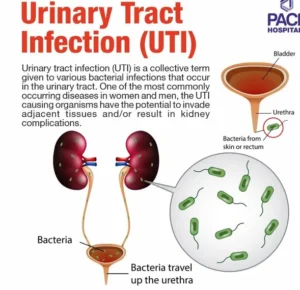1. Introduction to Yarsagumba: The Himalayan Miracle Herb
Yarsagumba is a very powerful ayurvedic medicine found in Nepal. Scientifically known as Ophiocordyceps sinensis, it is a rare and highly valued medicinal type of fungus. It is found in the high-altitude regions of the Himalayas. It is particularly in Nepal, Bhutan, India, and Tibet. It is also called a “Himalayan Viagra” or “Himalayan Gold”. It has powerful health benefits. The name “Yarsagumba” is derived from the Tibetan term “Yartsa Gunbu,” the Tibetan call for summer grass, winter worm. It’s a unique life cycle. It starts as a parasitic fungus on a caterpillar and matures into a grass-like structure.
It is used to promote strength, vitality, and longevity. It is an ayurvedic herb. In Ayurveda, believed to balance the three doshas (Vata, Pitta, and Kapha) and enhance both physical and mental health. Traditionally harvested by local Himalayan communities during early summer. Yarsagumba is both culturally significant and economically vital for those regions.

2 Traditional Ayurvedic Uses of Yarsagumba in Healing Practices
Yarsagumban is a traditional Ayurvedic and Himalayan healing system. It is known as the “Himalayan Viagra” or winter worm, and summer grass. In Ayurveda, Yarsagumba is used to balance the tridoshas—vata, pitta, and kapha.
Yarsagumba has been used to enhance stamina, strength, and sexual performance. It is commonly used for treating male and female infertility. It is also used for, menstrual irregularities .Indications of anti-inflammatory and immune-boosting effects make it valuable. It is used in managing chronic fatigue, respiratory issues like asthma, and liver or kidney disorders.
Yarsagumba is a a very benefits to human to support heart health,regulates blood sugar levels. It also helps improves mental healtrh.
It is collected the people from high altitudes of the Himalayas. Yarsagumba is rare and precious. Its is used in Ayurvedic medicine. It is for natural remedies and the healing wisdom of ancient traditions.

3 Medicinal Properties and Health Benefits of Yarsagumba
Yarsagumba (Cordyceps sinensis) is a medicinal fungus that is very useful for health. It has a verious benefits and therapeutic properties. Yarsagumba is a very important for a both Ayurvedic and traditional Tibetan medicine. It is known for its natural ability to grow overall energy levels. Rich in bioactive compounds such as cordycepin, polysaccharides, amino acids, and vitamins. Yarsagumba also have powerful antioxidant, anti-inflammatory, and immunomodulatory effects.
Yarsagumba is a that medicinal properties which is to improve stamina and tolerance. It boosts energy by increasing oxygen utilization.It mostly used athletes and fatigue people.
It is benefits for to improving respiratory function, treating chronic bronchitis and asthma. And supporting kidney and liver health. Yarsagumba helps regulate blood sugar levels and has shown potential in managing type 2 diabetes. It helps the immune system.

4 Yarsagumba in Treating Sexual and Reproductive Health Issues
Yarsagumba is also known as “Himalayan Viagra”. It is a rare medicinal fungus found in the Himalayas. It is found particularly in Nepal, Bhutan, India, and Tibet. It have many therapeutic uses. Yarsagumba is in treating sexual and reproductive health issues in both men and women.
Yarsagumba is in mainly used for male sexual performance and fertility. In Yarsagumba, the bioactive compounds. It found cordycepin, adenosine, and polysaccharides.It has been shown to increase testosterone levels, improve blood circulation, and support healthy sperm production. This is managing erectile dysfunction, premature ejaculation, and low libido. Men suffering from infertility due to poor sperm quality or low sperm count. It may benefit from regular consumption of Yarsagumba. It is used in the form of powder, capsule, or as an ingredient in herbal tonics.
It helps women to regulate hormonal imbalances and the reproductive system. It supports the function of the ovaries and uterus. It also helps with menstrual disorders and may improve egg quality. Women who have polycystic ovary syndrome (PCOS) or irregular periods may find it helpful. It helps to maintain hormonal balance and reduce stress.

5 Dosage, Preparation, and Precautions in Ayurvedic Medicine
Ayurveda, the old science of life and mending, emphasizes adjust in the body through characteristic cures, dietary rules, and otherworldly hones. A basic viewpoint of Ayurvedic treatment is not as it were the determination of herbs and definitions but too the adjust dose, strategy of planning, and safeguards. Abuse or erroneous organization can lead to unfavorable impacts or decreased adequacy. Underneath are five commonly utilized Ayurvedic solutions and their dose, planning, and security precautions.
- Ashwagandha (Withania somnifera)
Dosage: 250 mg to 6 grams every day, depending on condition and frame (powder, capsule, decoction).
Preparation: Commonly utilized in powdered shape (churna). It can be blended with warm drain and nectar some time recently sleep time to advance relaxation.
Precautions: Dodge in cases of hyperthyroidism or amid pregnancy without therapeutic supervision. May cause laziness or stomach disturbed in tall doses.
- Triphala
Dosage: 1 to 2 teaspoons (3–6 grams) of powder, or 1–2 tablets daily.
Preparation: As a rule taken with warm water, either in the morning for detox or at night for assimilation. Can moreover be utilized as an eye wash or skin cleanser.
Precautions: Ought to not be utilized amid loose bowels or free movement. Long-term utilize in tall measurements may cause reliance for bowel movements.
- Turmeric (Haridra/Curcuma longa)
Dosage: 500 mg to 1.5 grams of turmeric powder daily.
Preparation: Can be taken with drain (brilliant drain), ghee, or as portion of home grown decoctions. The expansion of dark pepper improves absorption.
Precautions: Tall measurements may cause stomach aggravation or gallbladder issues. Dodge amid anticoagulant treatment or earlier to surgery due to blood-thinning properties.
- Brahmi (Bacopa monnieri)
Dosage: 300–500 mg per day in capsule frame, or 1–2 teaspoons of powder.
Preparation: Taken as a tea or included to ghee (Brahmi ghrita) for mental clarity and memory. It is best expended in the morning.
Precautions: May cause weariness, dry mouth, or queasiness in delicate people. Ought to be dodged with narcotic drugs or in hypotensive conditions.
- Guggul (Commiphora mukul)
Dosage: 250 mg to 750 mg per dosage, up to twice daily.
Preparation: Guggul is utilized in tablet or tar shape, frequently combined with other herbs like Triphala (Triphala Guggul) or Shilajit for particular wellbeing issues.
Precautions: Not appropriate for individuals with liver conditions, ulcers, or in pregnancy. It may associated with thyroid and blood weight medications.

See Related:
What Are the Benefits Of Ginger For Human Health?












1 thought on “Yarsagumba”